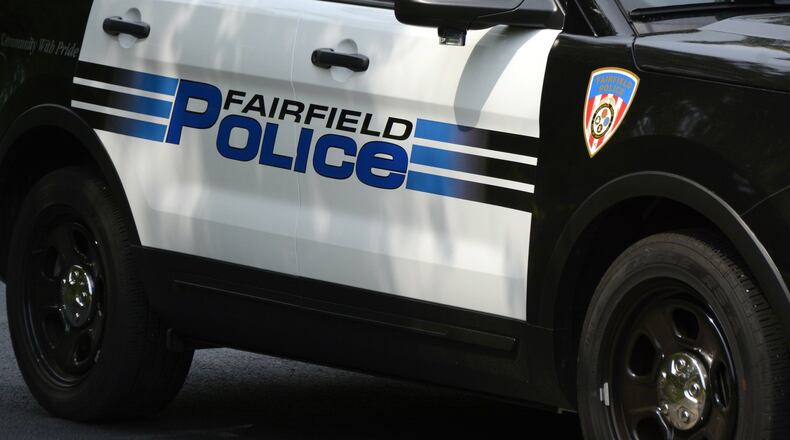The first year’s payment is $30,500. Fairfield will pay $35,825 a year in years two through five of the contract.
FAIRFIELD NEWS: Oath of office a family affair for Fairfield firefighters, police officers
Credit: DaytonDailyNews
“It’s another way the city investing in technology that adds to our commitment to transparency in what we do for the community,” Maynard said.
The chief said they’ve been happy with the Axon product, and the company’s customer service, so when the in-vehicle camera system became available, and the department evaluated it, “it was a no-brainer.”
Fairfield City Manager Mark Wendling said the department was in need of new cameras for its marked police vehicles.
“Many of the systems currently in use are outdated and in need of replacement,” he said. “We have also added several new vehicles to the fleet that are in need of camera systems.”
In-vehicle cameras are deployed in most of the marked patrol vehicles “as a way to document the activities of our officers are involved in,” Wendling said.
POLICE NEWS: 1 OVI arrest at Fairfield sobriety checkpoint
Maynard said because the in-vehicle and body cameras have the same software, they will work in tandem.
“The cruiser cameras are activated when the overhead lights are turned on, and (once installed) they will automatically activate our body cam systems as well,” he said.
If a Fairfield police officer comes on scene, but did not activate his or her overhead lights because they’re not actively involved at the scene, their body camera will turn on as they approach any vehicle with its overhead lights on.
When an officer returns to the police station, their in-vehicle camera will wirelessly upload to the department’s video storage system. And since the in-vehicle and body cameras are the same video systems, they will be linked once the body camera footage is uploaded at a docking station inside the police department.
“Now it will be one location where all our videos are stored,” Maynard said.
The redaction system used for the body cameras can also be used for the in-vehicle camera’s footage.
About the Author

